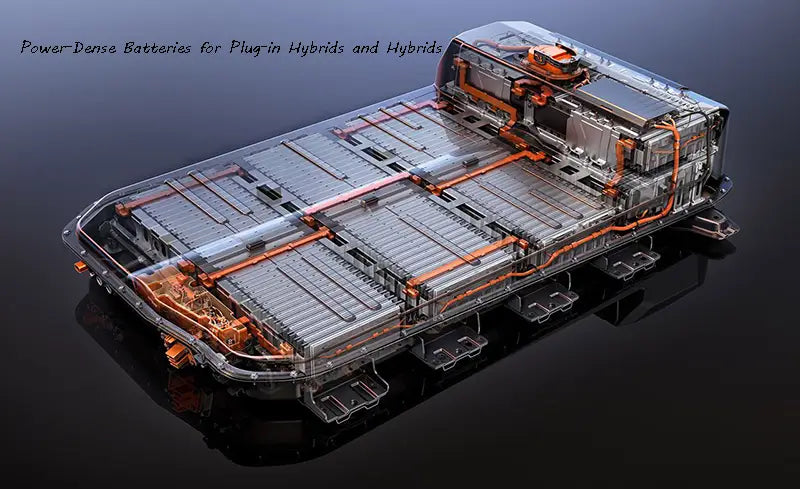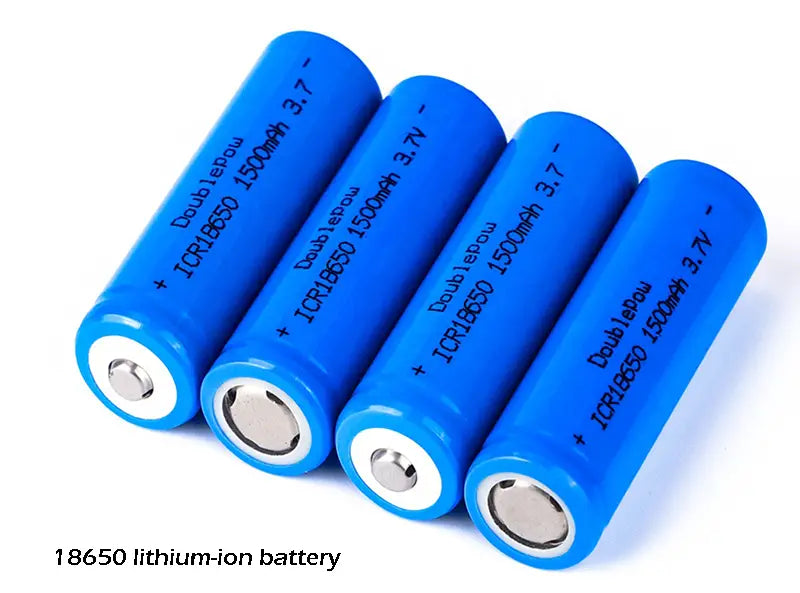
Main content:
For the development of new energy vehicles in the future, whether it is hybrid or fuel cell power, high-performance batteries are required to function. The bottleneck of the current development is the lack of battery capacity, but the new lithium-air battery technology is expected to completely solve this problem. In early March 2009, the Japan Institute of Industrial Technology and the Japan Society for the Promotion of Science jointly developed a new structure of large-capacity lithium-air batteries. Lithium-ion batteries are currently widely used in mobile phones and notebook computers. However, when used in electric vehicles, there is a problem of insufficient energy density. Therefore, "lithium-air batteries" that can theoretically realize large-capacity batteries have attracted attention as a new generation of large-capacity batteries. However, the previous lithium-air batteries had problems such as the accumulation of solid reaction products in the positive electrode, which blocked the contact between the electrolyte and the air, resulting in the stop of discharge. The negative electrode of the newly constructed lithium-air battery uses an organic electrolyte, and the positive electrode uses an aqueous electrolyte. Since only lithium ions pass through the solid electrolyte, the reaction of the battery can proceed without hindrance, and the reaction product of the positive electrode is water-soluble and does not generate solid matter. Experiments show that the battery has a continuous discharge capacity of 50 000 mA·h/g. The technology is extremely promising for use in car batteries. If the aqueous electrolyte of the positive electrode is replaced on the vehicle bracket, and the metallic lithium of the negative electrode is supplemented by means of a cartridge, the car can be driven continuously without charging waiting time, and the metallic lithium can be easily extracted from the used aqueous electrolyte. Lithium can be used repeatedly. It can be said that this is a new type of fuel cell using metallic lithium as fuel.
1. Research on lithium batteries by Altair Nanotechnology
As a leading manufacturer of safe, high-performance lithium titanate batteries and energy storage products, Altair Nanotechnology announced on July 9, 2008 that it has successfully completed the verification of a 2MW 500kW·h lithium titanate battery utility system purchased by AES. and calibration procedures. The procedure was developed and validated by KEMA Corporation and implemented by AES Corporation. The 2MW battery system is set up and operated by Indianapolis Power and Lighting, an AES-owned company. The system has two 1MW battery storage units, each of which is composed of Altairnano 250kW.h lithium titanate battery stack, AC-DC power conversion system, etc. The 1MW unit is charged and discharged for 15min each time.

The Japan New Energy Industry Technology Comprehensive Development Agency submitted the final draft of the "New Generation Vehicle Battery Technology Development Plan 2008", which was approved after deliberation. Plug-in hybrid electric vehicles and electric vehicles are expected to be the main modes of next-generation vehicles. According to NEDO, this time "based on the information that is currently available as much as possible, we have compiled a development plan for rechargeable batteries used in these two types of vehicles." . Target values such as performance and cost that should be achieved by the above-mentioned deadlines have been established in five stages: "Current", "Around 2010", "Around 2015", "Around 2020", and "After 2030". The plan believes that between now and around 2030, lithium-ion rechargeable batteries will become mainstream. Two development directions are envisaged, one is power-intensive batteries for plug-in hybrids and hybrid vehicles, and the other is energy-intensive batteries for electric vehicles. The plan also analyzed the battery cost in March 2009, and estimated that the cost of both batteries was about 200,000 yen/(kW·h). At present, the energy density of the power-intensive type is 70W·h/kg, and the power density is 1800W/kg; the energy density of the energy-intensive type is 100W·h/kg, and the power density is 400W/kg. The plan also formulated the H standard value that can be achieved by the above performance and cost around 2010: the energy density of the power-intensive battery is 70W.h/kg, the power density is 2000W/kg, and the cost is halved, about 100,000 days Yuan/(kW·h); the energy density of the energy-intensive battery is 100W·h/kg, the power density is 1000W/kg, and the cost is about 100,000 yen/(kW·h). The target value for power-intensive batteries around 2020 is an energy density of 200W·h/kg, a power density of 2,500W/kg, and a cost of about 20,000 yen/(kW.h); the target for energy-intensive batteries The values are, the energy density is 250W·h/kg, the power density is 1500W/kg, and the cost is about 20,000 yen/(kW·h).

Lithium-ion battery manufacturer Altair Nanotechnology Corporation signed a contract with ATL New Energy Technology Co., Ltd. on May 18, 2009 to cooperate to accelerate the commercialization of a new generation of high-performance lithium titanate batteries. ATL, headquartered in Hong Kong, has accepted a technology transfer from Valence Technologies and is now producing lithium-ion polymer batteries. Under this agreement, Altairnano and ATL will provide their respective technical resources to work on the engineering, design and testing of next-generation rechargeable batteries. The main advance of Altairnano's lithium-ion battery is the nanostructured lithium titanate spinel oxide electrode material, which can replace the graphite electrode material in the anode of existing lithium-ion batteries and be used in combination with the cathode of conventional lithium-ion batteries. The Altairnano system is characterized by rapid charging and discharging with the Altairnano anode, without the formation of a solid electrolyte interphase barrier around the electrode, allowing lithium ions to easily reach the surface of the electrode. With nanostructured parts, more surface area can be used, and the surface area can be expanded by 100 times compared to conventional graphite electrodes. Such nanomaterials facilitate the entry of lithium ions into the active site, and their smaller size reduces the distance from the surface to the active site, all of which contribute to the fast charging and discharging of batteries. The joint development agreement is an integral part of Altairnano's product roadmap and is the company's strategy for advancing advanced energy storage solutions and accelerating commercialization. The company's new generation of advanced lithium titanate batteries was commercialized at the end of 2009.
2. Panasonic's research on lithium batteries
Japan's Panasonic Corporation announced in late December 2009 that it has developed two new high-capacity 18650-type lithium-ion batteries for use in desktop computers and energy applications including electric vehicles. Newly developed high-capacity 3.4A·h and 4.0A·h lithium-ion batteries with improved nickel-based positive electrodes. The 4.0A·h battery uses a silicon-based alloy instead of carbon for the negative electrode, which can achieve an energy density of 800W·h/L, while the current 2.9A·h battery is 620W·h/L.

In October 2009, Panasonic launched a 1.5kW·h battery module using a 18650-type lithium-ion battery, providing an energy storage solution for a wide range of applications. Multiple units can be connected in series and/or in parallel to store electrical energy generated by home photovoltaic systems, as well as for fuel cell or electric vehicle charging.
Read more: Research status of lithium-ion batteries in France, the United States and Germany
















